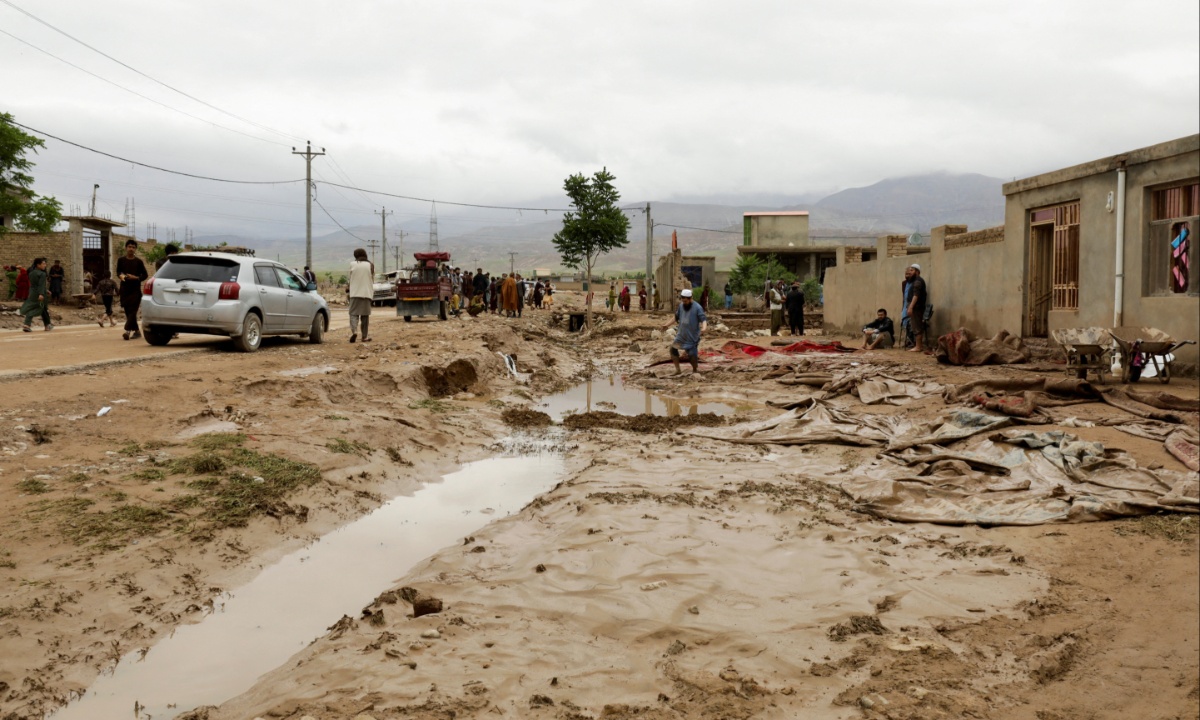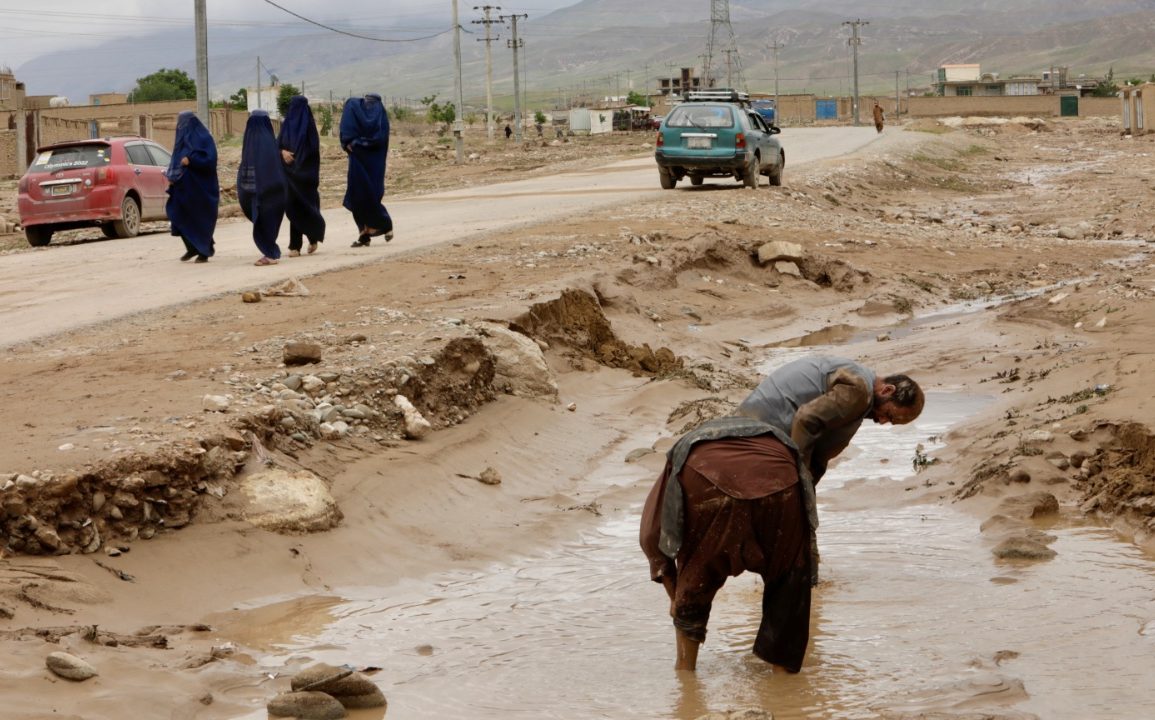On May 10, 2024, Haroon Nafas and his friends were enjoying a rainy afternoon at his family’s guesthouse in Baghlan, north Afghanistan, when a sudden, thunderous crash drew their attention. Initially confused by the noise, they soon realized it was the onset of severe flooding.
Nafas rushed to his hillside home to gather his family, while other townspeople sought refuge on the roof of the local mosque, using a mulberry tree to climb to safety. The floodwaters, reaching up to 30 meters high, resulted in widespread devastation.
The catastrophic flood claimed the lives of over 315 people in Baghlan, destroyed more than 2,000 homes, and injured about 1,600 individuals. Hundreds more were reported missing.
The impact was not confined to Baghlan alone; other provinces, including Ghor, also suffered from flash floods, with at least 50 fatalities reported there. Afghanistan’s history of natural disasters is significant, with the country having ranked second among low-income nations for disaster-related deaths between 1980 and 2015.
The increasing frequency and severity of such disasters are attributed to a combination of climate change and the country’s protracted armed conflicts.

Dr. Najibullah Sadid, an environmental researcher, explains that the environmental damage from warfare—such as toxic artillery and unexploded ordnance—further exacerbates the country’s vulnerability. The environmental destruction includes the contamination of ecosystems, disruption of biodiversity, and deterioration of soil and groundwater resources.
Mine contamination presents another severe issue. As of 2021, only one out of Afghanistan’s 34 provinces was temporarily declared mine-free. The ongoing presence of landmines across the remaining provinces, combined with declining funding for mine action—from $113 million in 2011 to $32 million in 2020—compounds the problem.
The Taliban’s takeover has complicated the situation further, as international donors are hesitant to provide support despite improved conditions for de-mining.
Sadid links the soil disruptions caused by landmines to the recent flooding, noting that such disruptions contribute to increased soil erosion. Additionally, conflict-induced deforestation has worsened the situation.
Afghanistan’s forest cover has drastically decreased from 2.8 million hectares in 1970 to about 1.5% of the country’s total area by 2016. Without adequate vegetation to retain rainwater, the land becomes more prone to landslides and severe runoff, resulting in extreme flash floods.
Sayed Abdul Baset, a disaster risk reduction expert, underscores the need for improved infrastructure, flood zoning, and coping mechanisms to address Afghanistan’s vulnerabilities. Despite the challenges, he remains optimistic about mobilizing resources to enhance the country’s disaster resilience. Local efforts and community engagement remain crucial in addressing these issues.
Sohila Akbari, a humanitarian worker based in Herat, has been leading efforts to aid disaster-struck communities. Her organization, supported by international donations, provides essential supplies such as food and clothing to those in need.
Akbari’s personal experience with the devastating October 2023 earthquakes, which killed over 2,000 people in Herat, has reinforced her commitment to helping affected individuals despite her own hardships.
Laurie Goering, a climate journalist, emphasizes the importance of leveraging local actors and systems for effective aid distribution. She highlights the role of the UN’s loss and damage fund in supporting nations like Afghanistan, though the Taliban’s exclusion from international systems presents a challenge in accessing these funds. Goering stresses the need for global cooperation to address climate impacts, particularly for vulnerable countries like Afghanistan.
Rahmani, an advocate for climate policies, calls for increased international support and improved climate education for Afghanistan’s youth. He also emphasizes the need for greater accountability from high-emission countries and warring parties. Rahmani’s vision includes a roadmap for addressing regional needs and expanding irrigation projects to better manage climate challenges.
Despite a reduction in large-scale conflict since the Taliban’s takeover, Afghanistan still faces significant challenges from natural disasters. The Internal Displacement Monitoring Centre reports 1.5 million people internally displaced by the end of 2023.
For residents like Haroon Nafas in Baghlan, access to clean water remains a critical issue amidst ongoing chaos. Nafas hopes for an effective humanitarian response to address the urgent needs of affected communities before conditions worsen further.

